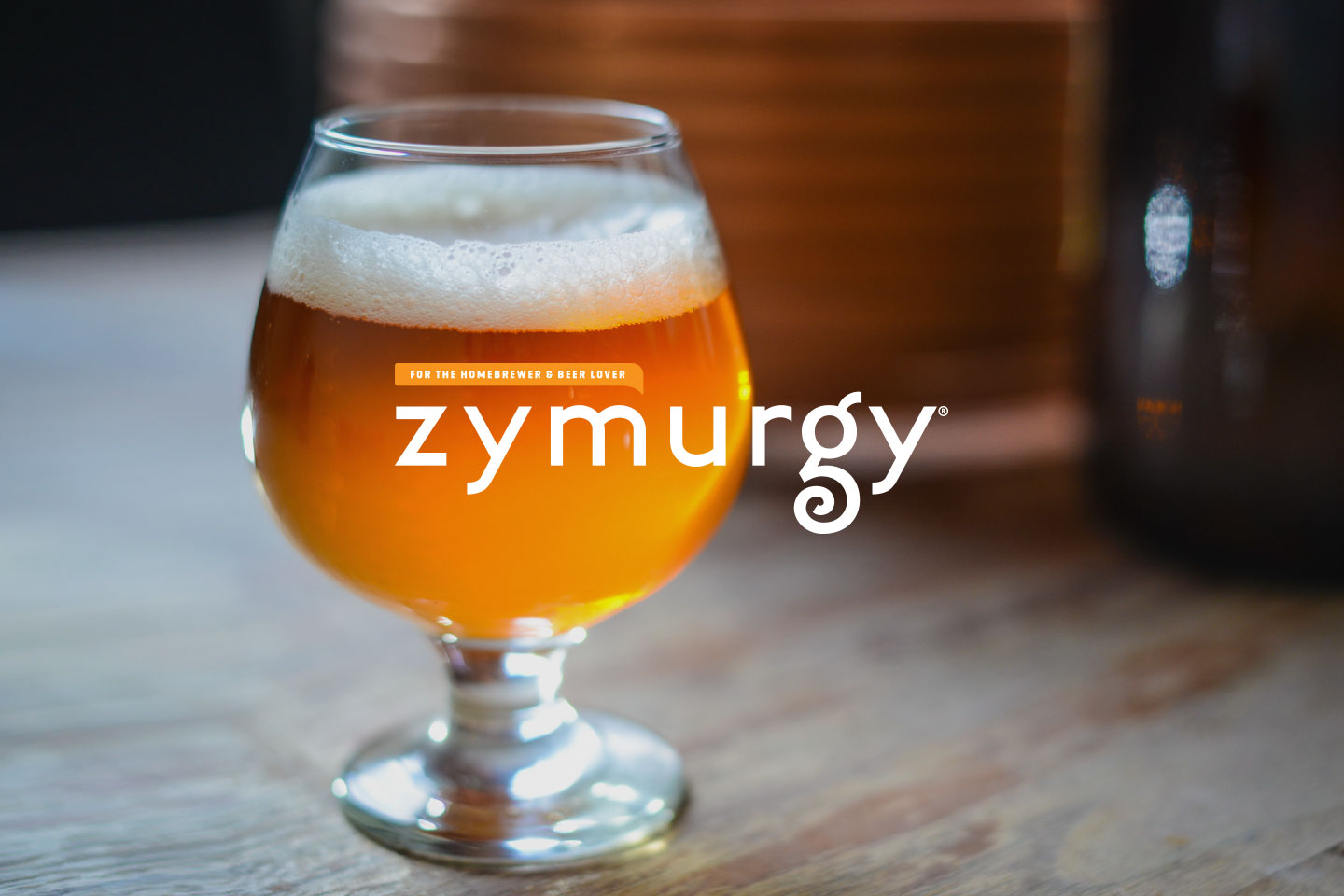
Belgium Beer Tour
Last November, I had the good fortune to be invited with a group of U.S. beer journalists to tour Belgium, on behalf of the Belgian Family Brewers.
Peruse pairings, learn how to make beer, cider, mead, kombucha, and other alternative fermentations, get DIY tutorials, and much more in our archives.

Last November, I had the good fortune to be invited with a group of U.S. beer journalists to tour Belgium, on behalf of the Belgian Family Brewers.

Ironically, the smallest ingredient—a single-celled fungus—in a recipe can hold the biggest sway in determining a homebrewers success or failure.

“America’s Oldest Homebrew Club” was born in 1974, when brewing beer was considered moonshining and neighbors’ quizzical looks could mean jail time.

Two homebrewing clubs located on opposite sides of the country got together to brew up a cross-country homebrew rivalry using neutral-site competitions.

The results are in! Each of the past 12 years, we’ve asked Zymurgy readers to vote for their favorite beers. Which beer took the crown in 2014? Plus, clone recipes.

American brewers have been inspired to rediscover the connection between crafting a farmhouse-derived beer and exploring new eco-regional opportunities.

Just 10 abbeys around the world can brew authentic Trappist beers. The Spencer Brewery in Spencer, Mass. is far from the Trappists’ homeland, some 3,500 miles away.

In the latest report from the AHA’s Research and Education Fund, the author experiments to see whether truly “wild” yeast can have positive fermentation attributes.

Brewers can tailor the mash to produce wort ideally suited for mixed fermentation. In many cases, wild yeast and bacteria react differently to wort than other brewer’s yeast.

Whether hops are in your freezer or growing in your yard, industry experts offer insight into the processes of packaging, storing, and cultivating.
Share Post